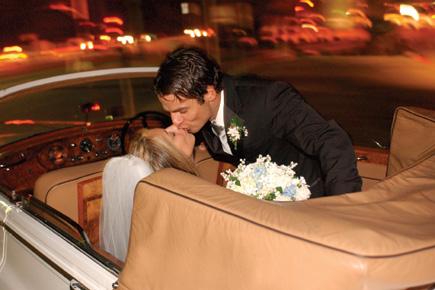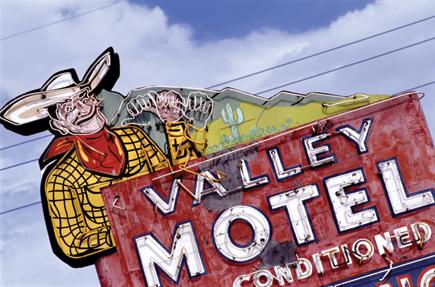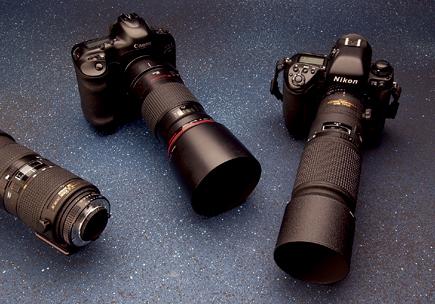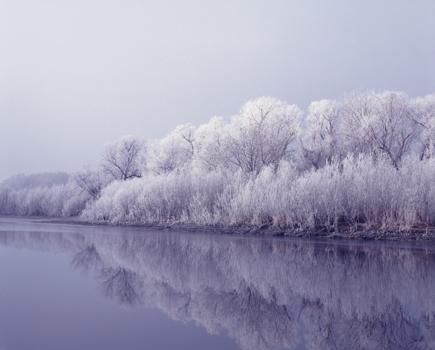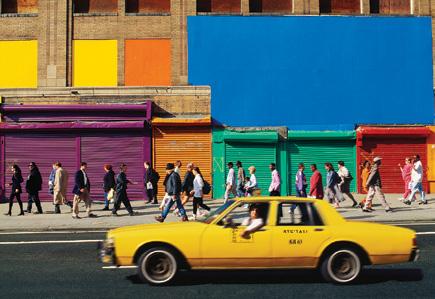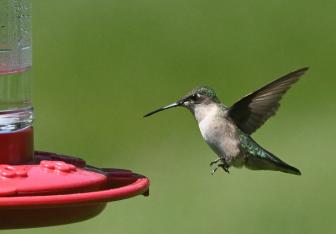Pro Techniques
Sort By: Post Date TitlePublish Date
|
Nov 01, 2006 |
|
Sep 01, 2006 |
|
Sep 01, 2006 |
|
Aug 01, 2006 |
|
Aug 01, 2006 |
|
Aug 01, 2006 |
|
Aug 01, 2006 |
|
Apr 01, 2006 |
|
Feb 01, 2006 |


